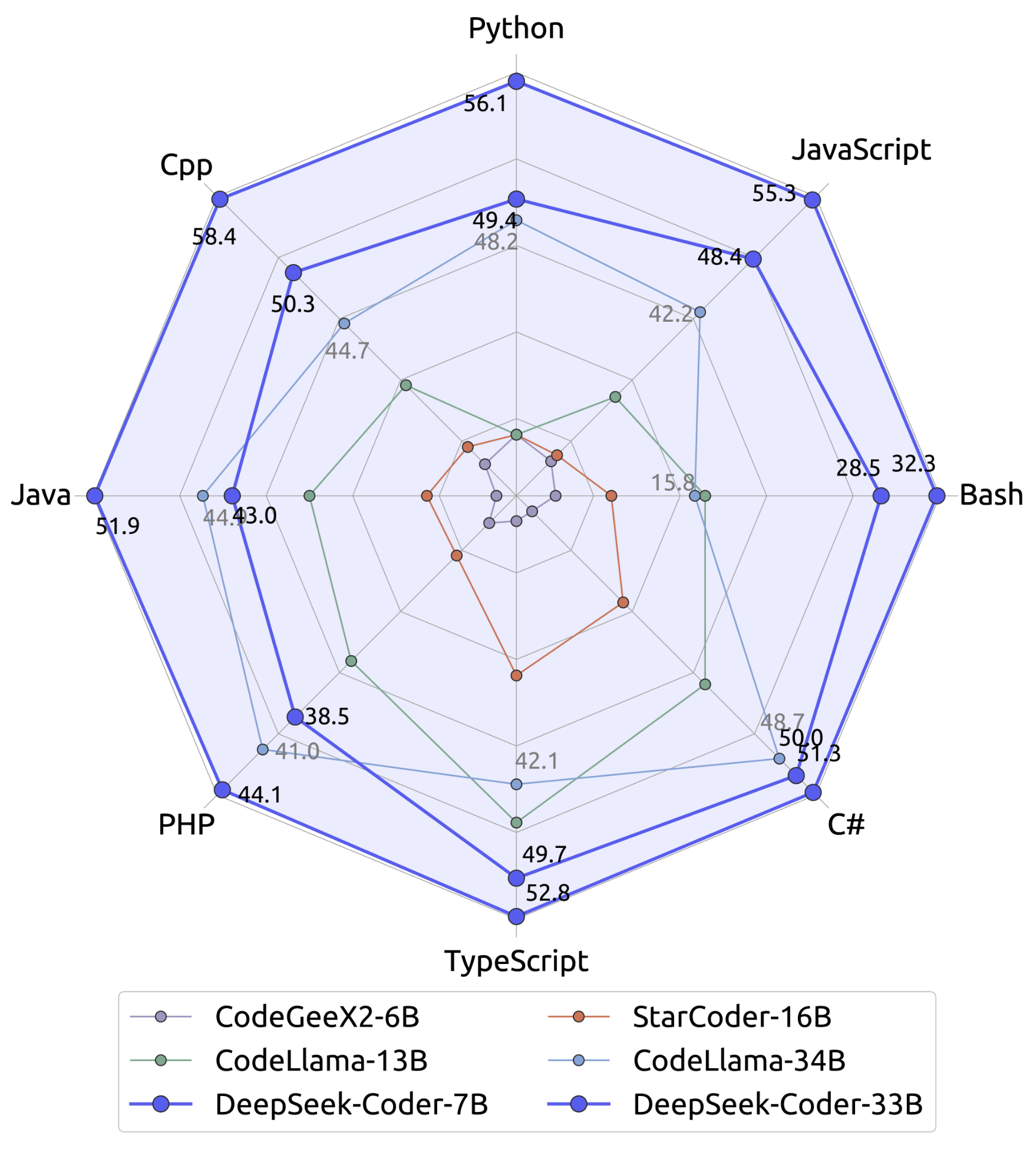forum
Unfortunately no one can be told what FluxBB is - you have to see it for yourself.
You are not logged in.
- Topics: Active | Unanswered
Pages: 1
#1 Test forum » Q&A: the Climate Impact Of Generative AI » 2025-02-03 10:35:25
- YDFGuiller
- Replies: 0

Vijay Gadepally, a senior personnel member at MIT Lincoln Laboratory, leads a variety of tasks at the Lincoln Laboratory Supercomputing Center (LLSC) to make computing platforms, and the artificial intelligence systems that operate on them, more effective. Here, Gadepally goes over the increasing usage of generative AI in everyday tools, its surprise ecological impact, and a few of the manner ins which Lincoln Laboratory and the higher AI neighborhood can minimize emissions for a greener future.
Q: What trends are you seeing in terms of how generative AI is being used in computing?
A: Generative AI utilizes device learning (ML) to develop brand-new material, like images and text, based on data that is inputted into the ML system. At the LLSC we design and construct some of the largest academic computing platforms worldwide, and over the previous few years we've seen a surge in the number of jobs that require access to high-performance computing for generative AI. We're also seeing how generative AI is changing all sorts of fields and domains - for instance, ChatGPT is already influencing the class and the office much faster than regulations can appear to keep up.
We can imagine all sorts of uses for generative AI within the next decade or two, like powering highly capable virtual assistants, establishing new drugs and products, and even enhancing our understanding of standard science. We can't predict everything that generative AI will be used for, however I can certainly say that with more and more complicated algorithms, their compute, energy, and environment effect will continue to grow extremely quickly.
Q: What strategies is the LLSC utilizing to reduce this environment effect?
A: We're always looking for methods to make computing more effective, as doing so helps our information center take advantage of its resources and allows our clinical coworkers to push their fields forward in as effective a way as possible.
As one example, we have actually been lowering the quantity of power our hardware takes in by making easy changes, comparable to dimming or switching off lights when you leave a space. In one experiment, we reduced the energy intake of a group of graphics processing systems by 20 percent to 30 percent, with minimal effect on their performance, by enforcing a power cap. This technique likewise lowered the hardware operating temperatures, making the GPUs simpler to cool and longer long lasting.
Another strategy is changing our habits to be more climate-aware. In your home, some of us may choose to utilize renewable energy sources or intelligent scheduling. We are utilizing comparable techniques at the LLSC - such as training AI designs when temperature levels are cooler, or when regional grid energy need is low.
We likewise recognized that a lot of the energy invested in computing is often wasted, like how a water leak increases your expense but without any advantages to your home. We developed some brand-new strategies that permit us to keep track of computing work as they are running and after that end those that are unlikely to yield great results. Surprisingly, in a variety of cases we found that most of computations could be terminated early without jeopardizing completion result.
Q: What's an example of a project you've done that decreases the energy output of a generative AI program?
A: We just recently developed a climate-aware computer vision tool. Computer vision is a domain that's focused on applying AI to images; so, distinguishing between cats and pets in an image, properly labeling items within an image, or looking for parts of interest within an image.
In our tool, we consisted of real-time carbon telemetry, which produces details about just how much carbon is being emitted by our regional grid as a design is running. Depending on this information, our system will instantly switch to a more energy-efficient variation of the design, which generally has less criteria, in times of high carbon intensity, or a much higher-fidelity version of the design in times of low carbon intensity.
By doing this, we saw an almost 80 percent decrease in carbon emissions over a one- to two-day period. We just recently extended this concept to other generative AI jobs such as text summarization and discovered the very same results. Interestingly, the efficiency in some cases improved after utilizing our method!
Q: What can we do as consumers of generative AI to assist alleviate its environment effect?
A: As customers, we can ask our AI suppliers to provide greater openness. For instance, on Google Flights, I can see a range of options that suggest a particular flight's carbon footprint. We need to be getting comparable sort of measurements from generative AI tools so that we can make a conscious decision on which item or platform to use based upon our concerns.
We can also make an effort to be more educated on generative AI emissions in basic. Many of us recognize with car emissions, and it can assist to speak about generative AI emissions in relative terms. People might be surprised to know, for example, that a person image-generation job is roughly comparable to driving 4 miles in a gas automobile, visualchemy.gallery or that it takes the exact same quantity of energy to charge an electric car as it does to produce about 1,500 text summarizations.
There are lots of cases where customers would more than happy to make a compromise if they knew the compromise's effect.
Q: What do you see for the future?
A: Mitigating the climate impact of generative AI is one of those problems that individuals all over the world are working on, and with a comparable objective. We're doing a lot of work here at Lincoln Laboratory, however its only scratching at the surface area. In the long term, data centers, AI designers, and energy grids will need to work together to supply "energy audits" to discover other distinct manner ins which we can improve computing effectiveness. We need more partnerships and more cooperation in order to forge ahead.
Pages: 1